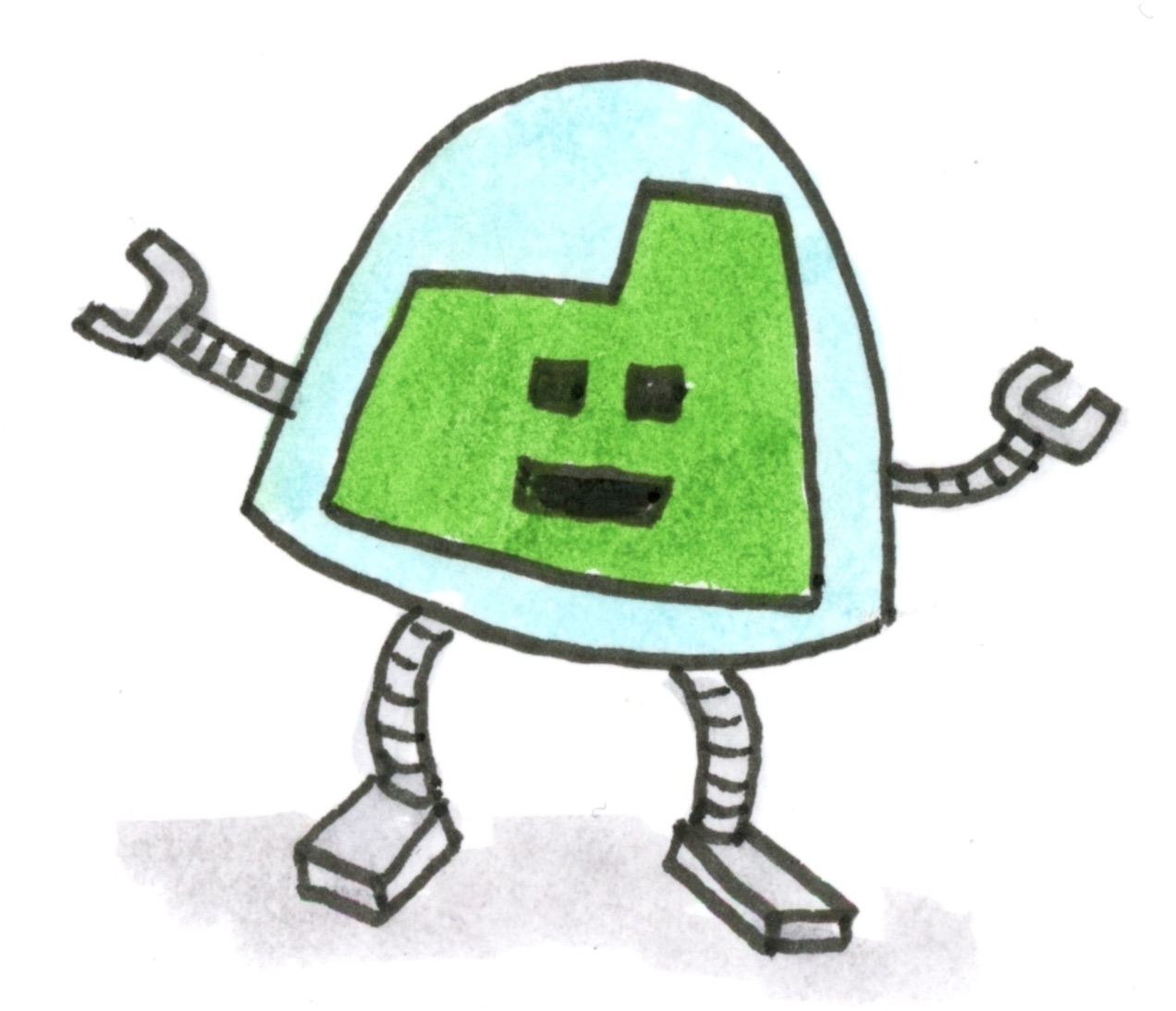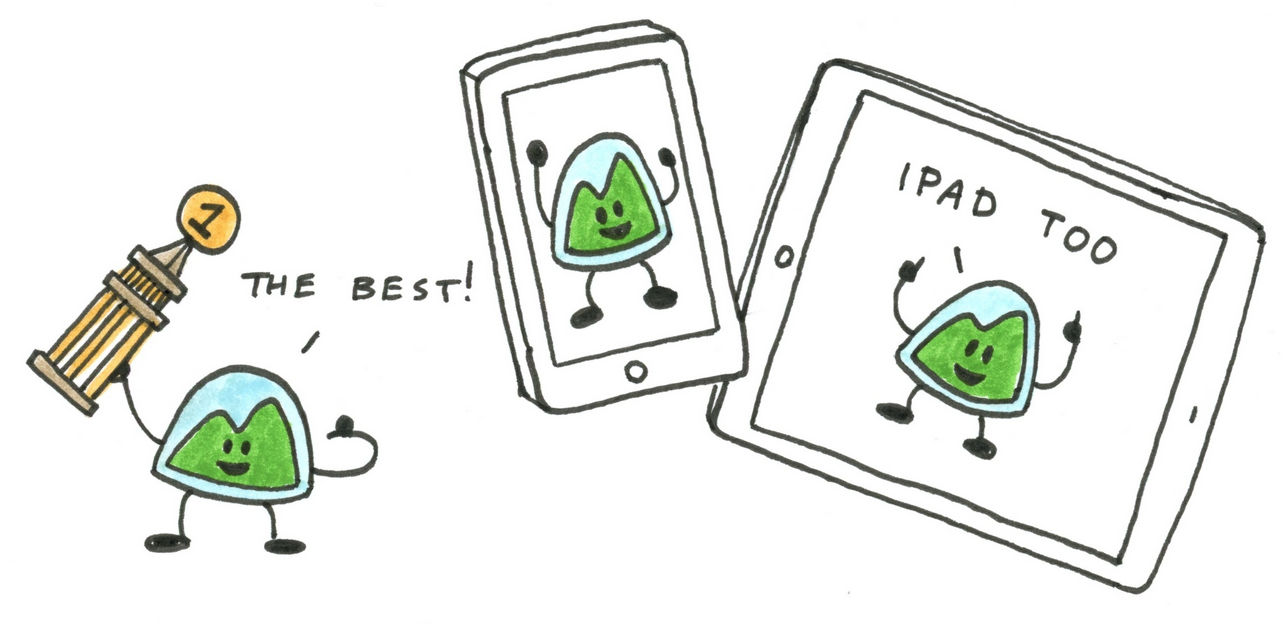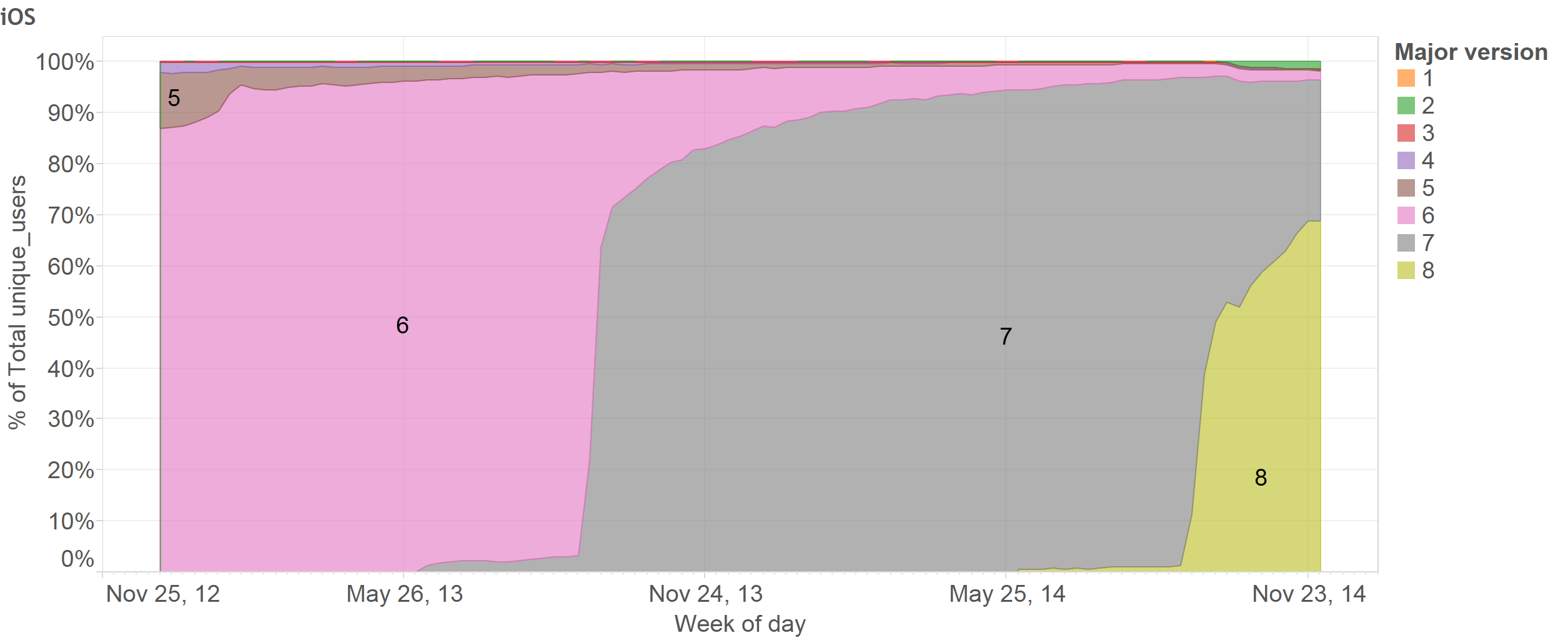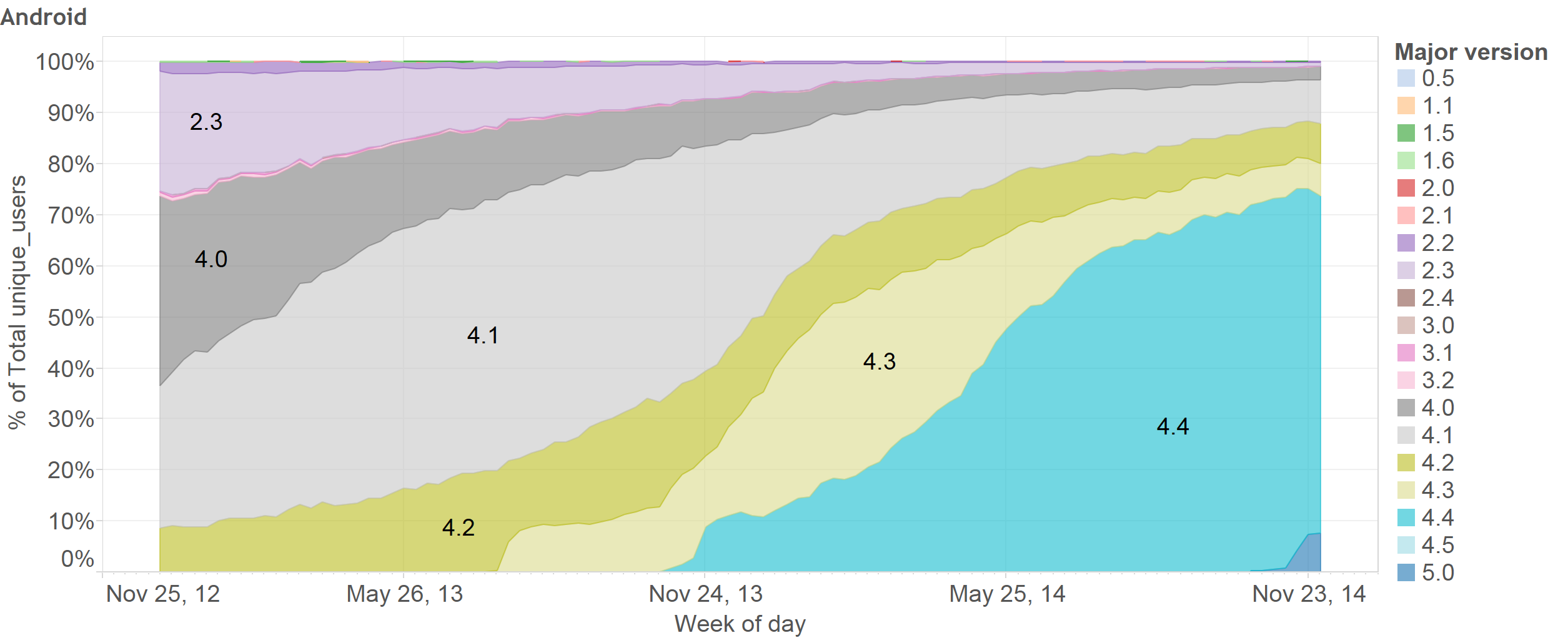We’re hiring another iOS developer to help us build great native apps for Basecamp on all Apple platforms. You’ll join an existing iOS team at Basecamp that’s currently hard at work building a next-generation native app, but you’ll also help keep our legacy catalogue of apps humming.
It’s an offering for an experienced developer. You should have multiple shipped iOS apps under your belt (or one amazing one). You should be well-versed in iOS frameworks and APIs, but also be comfortable going off the golden path when necessary.
Our native development approach at Basecamp is hybrid. We combine great native navigation around WebViews and ground-up native features to get the best of both worlds: Productivity through shared codebases on the web, and great fidelity through native.
So while the bulk of the work is in ObjC/Swift, you should also be reasonably comfortable with both JavaScript and Ruby. Enhancing a Rails application to extend the API or tinkering with Turbolinks to make it work with a native-JavaScript bridge shouldn’t scare you.
It’s a great time to join Basecamp and our iOS team. We’ve recently gone all-in on Basecamp. Millions of people have used Basecamp, and our iOS apps are both well-liked and growing rapidly as the way people use the system. The latest work we’ve been doing, and that you’ll help us finish, will make that even more so the case.
We’re looking for someone who’s ready to do the best work of their career – without risking their health, sanity, or life outside of work. Basecamp is here for the long term. We’ve been in business for 16 years (5 before Basecamp, 11 since Basecamp), and we’ve been profitable the whole time. We’re not beholden to or on any venture capitalist timeline. Private and profitable allows us to set our own course given what’s best for our customers and employees.
We believe in taking great care of our incredible team, most of whom have been with us for a long time. This means lovely benefits to help you be the best you possible: fitness and massage allowances, fresh fruit/vegetable subsidies, helping out with continued education, matching charity donations, and of course great healthcare and retirement assistance (401k match in US). When you’ve been here for a year, you’re also in on Fridays off in the Summer. It’s a great package that’s part of creating a great scene.
Since we literally wrote the book on working remotely, we’re of course also open to applicants from both the Americas and Europe (any further away is tough to get enough timezone overlap). We do, however, expect your proficiency with English to be at or close to a native speaker. If you happen to be in Chicago, we have a great office for you to work from as you please. If not, we’ll pay for co-working space or help you outfit a great home office.
Does this sound like you?
Then please write [email protected] with [iOS Developer] as part of the subject line. We strongly encourage you to kill on the cover letter, but also to include links to some actual code you’ve written. If the code is on Github, you can share a private repo with dhh. (If it’s not possible to share code, that’s not a deal killer either, if you can blow us away otherwise).
Remember, it doesn’t matter where you went to school (or if you even graduated). We don’t care about how many years of irrelevance you have under your belt. The work is what matters as well as your willingness to improve yourself and everything you touch. We look forward to hearing from you!
(This opening has been cross-posted to WeWorkRemotely.com as well).







